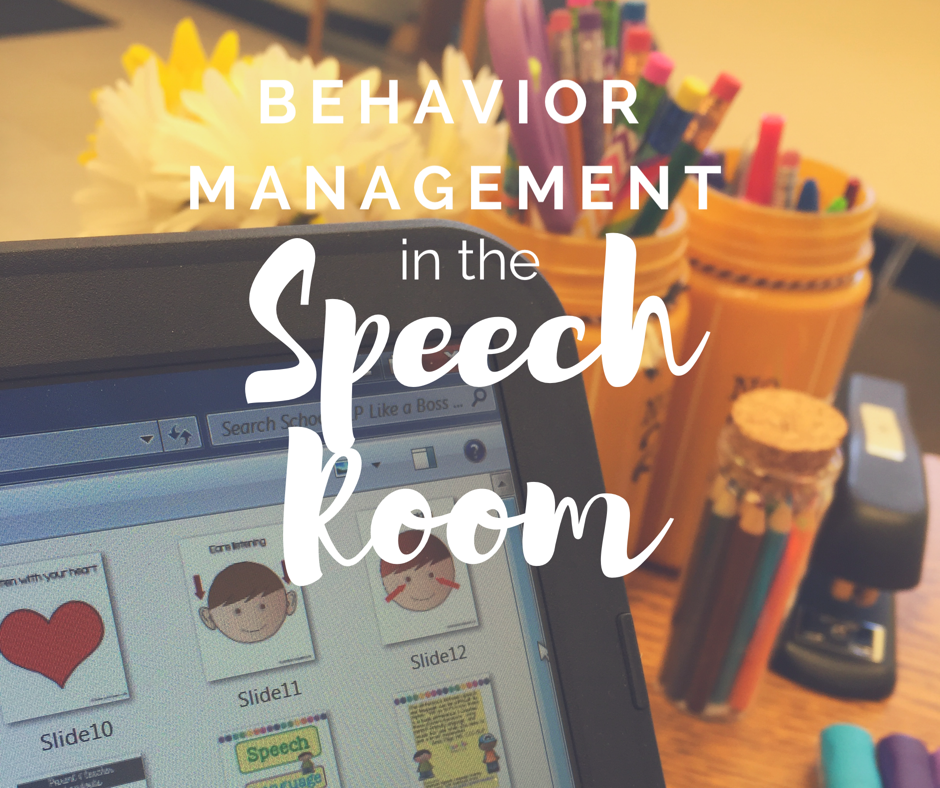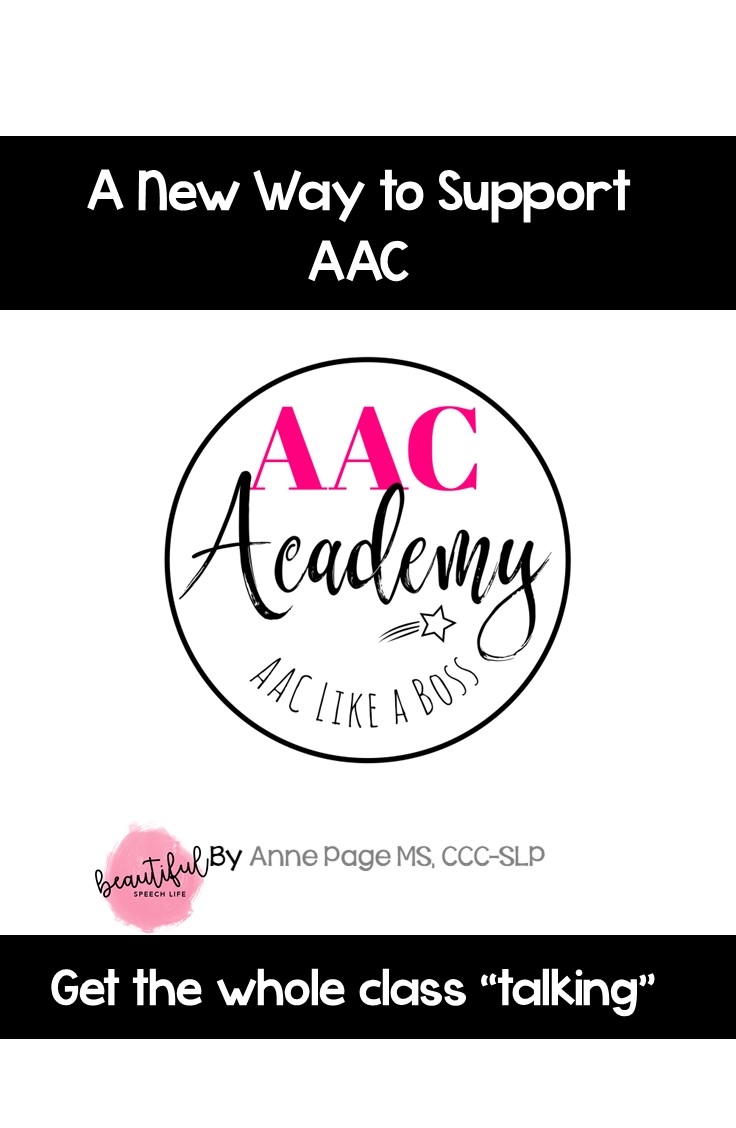How do you deal with behavior issues? Behavior Management for the SLP is so important. I know when I have groups of busy, excited, talkative students sometimes they don’t automatically do what I want them too.[spacer height=”20px”]
I don’t want to spend my whole session dealing with behavior. Pretty sure you don’t either. But the reality is, many times you will have to teach students how you want them to behave.[spacer height=”20px” id=”2″]

Have you got four minutes to help you manage behavior in your speech room? That’s all the time it takes to read these tips on using visuals and routines to set-up and maintain good listening behaviors in your students. The listening visuals are included as handouts in the FREE School SLP Like a Boss Smart Start Kit. (If you don’t have it yet, no worries, just click on the pink rectangle below)[spacer height=”20px”]
Today I want to give you a quick read (seriously less than 5 minutes) giving you an idea of how you might want to use the behavior handouts in your speech room. The tools I use for classroom behavior management are included in the kit: listening posters and whole brain posters. These visuals are a life-saver, they serve as a constant reminder and have the added bonus of being easier for our language impaired students to understand. (Sometimes you know they’re just hearing our words sound like “blah blah blah”).[spacer height=”20px”]
It’s important to set expectations from the very beginning. By this I don’t mean just pointing to the posters once. Now’s the time to teach the meaning of the posters and foster a group connection. For example tell them, “In the speech room we are good listeners. We listen with our heart, our eyes, our ears, our mouth and our bodies.” You are giving them specific information so they know exactly what you want from them. Much more clear than “you need to be a good listener”[spacer height=”20px”]
Here’s what you need to get started:[spacer height=”20px”]
Listening Posters (pgs 10-15)
Print and laminate these posters. Place them where your students can see them from your therapy table. These are great for the primary grades.[spacer height=”20px”]
Explain each poster. For example: “This is what we need to do to be a good listener.” Point to each picture, read caption and demonstrate. Have the students show their eyes looking, ears listening, etc. After you go through all the posters, have students say them with you as you point and show you again. This is so worth taking the time to do. Remember you want to set them up for success. [spacer height=”20px”]
As you go through an activity, catch your students doing the right thing. Don’t wait until you have to say “where are your looking eyes?”. Give some positive feedback. “I like how Johnny’s eyes are looking right at me. I know he’s listening.” Kids need ten positive statements to every negative. Positive praise helps children become more aware of what they’re doing well, and more excited to continue trying. [spacer height=”20px”]
Make your feedback specific. It’s so easy to just say “good job”. But when we give specific praise, students know exactly what they are doing right and why you are happy about it. So instead of “great job”,try, “You are sitting quietly and looking at me, I know that you are learning”.
When you do need to give a verbal reminder to get the behavior you want, point to the poster while you say “Remember, mouth quiet”. And then fade the verbal prompts and just point.[spacer height=”20px”]
Whole Brain Teaching
I also have had really great success with the Whole Brain Teaching posters. I use these to give my busy little friends a routine to follow right when they come into the room. As soon as they sit down, we go through each rule. This is really fun and kind of bonding. Once they learn them, I let a different student be the leader each time. I use these with primary students. But you can use them with older students too. You just need to have different posters and a more age appropriate way to say the rules and make the motions.[spacer height=”20px”]
Go to the FREE Whole Brain link on page 9 in your School SLP Like a Boss Smart Start kit. Print and laminate the Whole Brain Posters. Click on the video link to see an example of how they are used. [spacer height=”20px”]
I hope these tips have you on your way to great behavior management. Following these will help you foster better relationships with your students and help them feel secure knowing exactly what the speech room boundaries and expectations are.[spacer height=”20px”]
You’ve got this,

Want to know more? Here’s what two amazing school SLP bloggers do for behavior management:[spacer height=”20px”]
Cheri from Super Power Speech shares some great tips on using visuals. Check out her blog post here. (Plus there is a great visual freebie)
Nicole Allison at Allison Speech Peeps wrote a really great article on how she uses Whole Brain Teaching during therapy.
Here’s a quick little article on ADHD and positive reinforcement


 Hey there I’m Anne Page. I help heart centered SLPs and educators put the fun in functional communication.
Hey there I’m Anne Page. I help heart centered SLPs and educators put the fun in functional communication. 